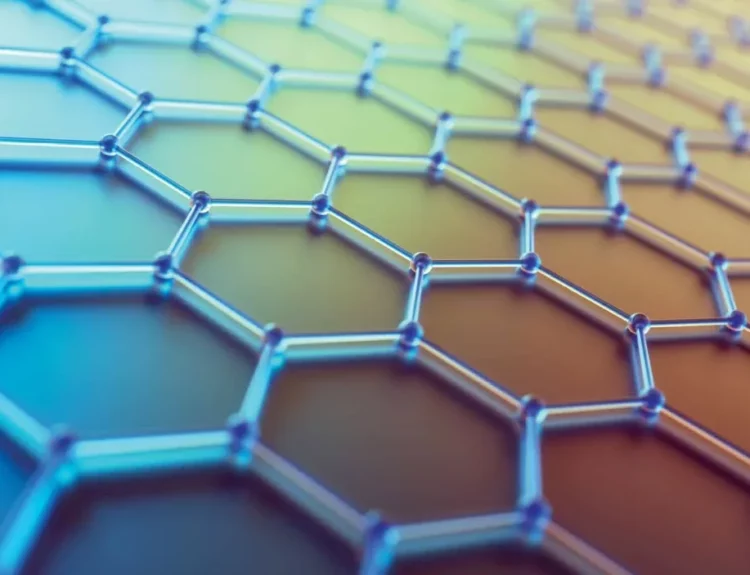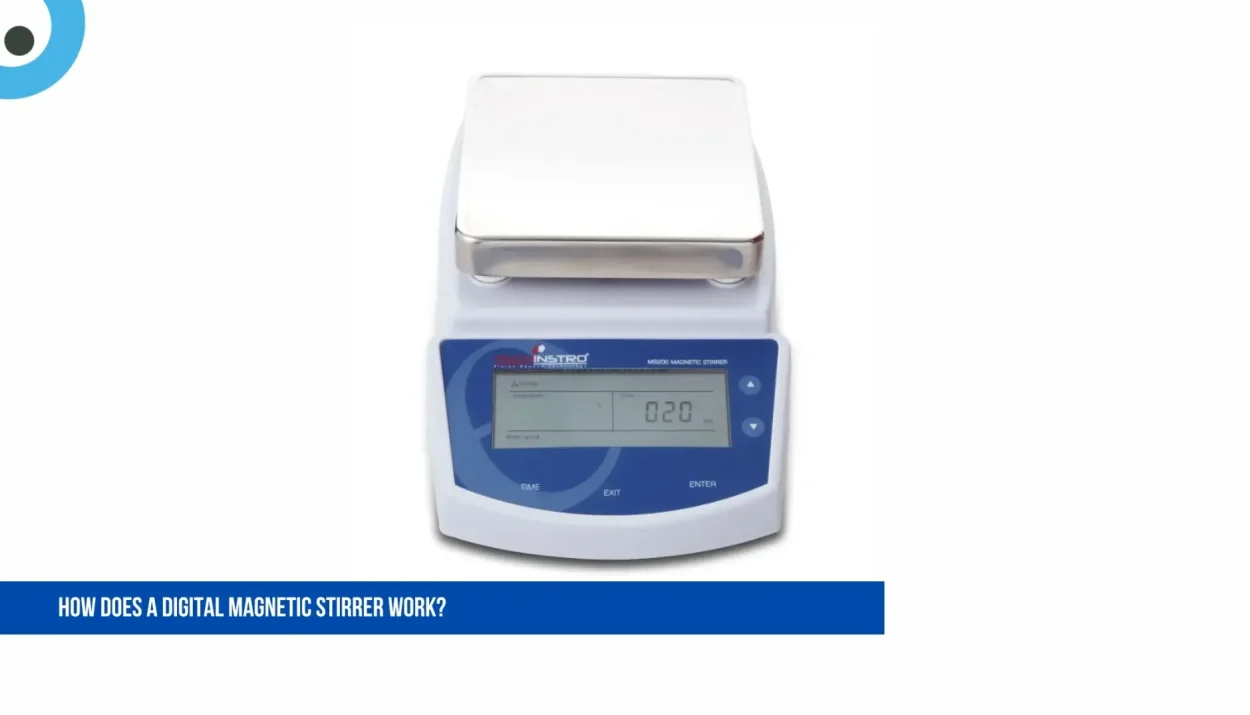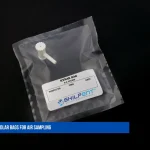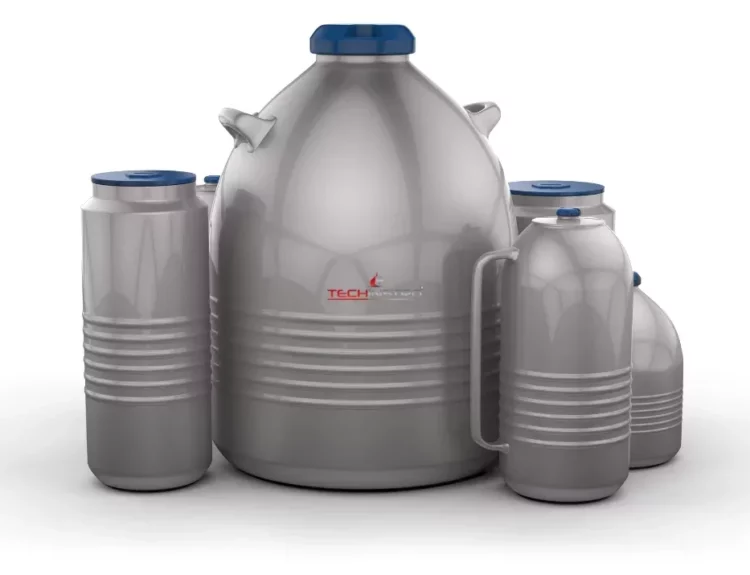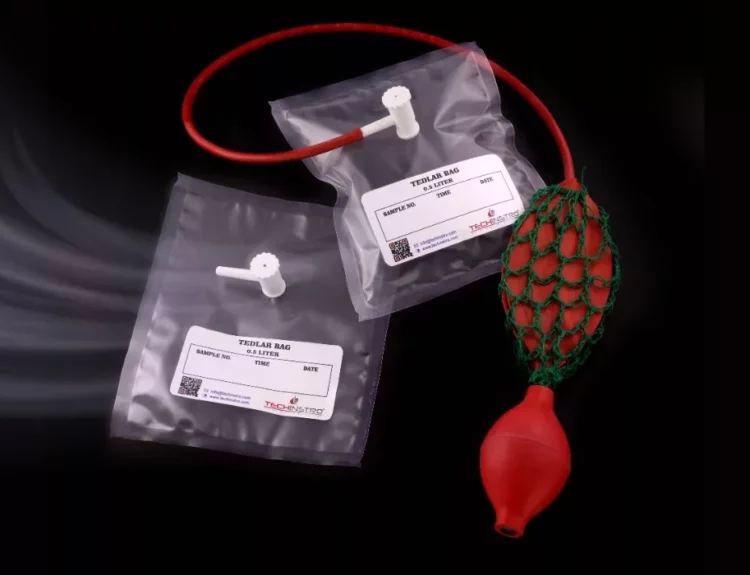If you’ve ever stirred a cup of coffee, you know it takes effort to mix everything evenly. But in labs, scientists need a more precise and hands-free way to mix liquids—that’s where a digital magnetic stirrer comes in!
This clever device uses magnets and smart controls to mix liquids perfectly without any physical contact. Let’s break down how it works in an easy-to-understand way.
The Basic Components of Digital Magnetic Stirrer
A digital magnetic stirrer has three main parts:
- Base Unit – Contains a motor and controls (like speed & temperature settings).
- Magnetic Stir Bar – A small, Teflon-coated magnet that goes inside the liquid.
- Heating Plate (Optional) – Some models can also warm the liquid while stirring.
Digital Magnetic Stirrer Manufacturers:
How Digital Magnetic Stirrer Mixes Liquids
Here’s the step-by-step magic:
- Place the Stir Bar – You drop the magnetic stir bar into your beaker or flask.
- Turn On the Stirrer – The motor inside the base spins a rotating magnet (or an electromagnet).
- Magnetic Attraction – The spinning magnet pulls the stir bar along, making it spin too.
- Liquid Gets Mixed – As the stir bar moves, it creates a smooth, even flow in the liquid.
- No Physical Contact – The stirrer never touches the liquid, keeping things sterile.
- Adjustable Speed – Digital controls let you set the perfect stirring speed (RPM).
How Heating Works (If Included)
- Some digital stirrers also have a hotplate under the container.
- The heater warms the glass or flask from below.
- A temperature sensor keeps the heat steady.
- This is great for experiments needing warm mixing, like growing bacteria or speeding up chemical reactions.
Why Digital Magnetic Stirrer Controls Are Better
Old-school stirrers had knobs, but digital ones give you:
- Precise Speed Control – Set exact RPM numbers (e.g., 300 RPM instead of “medium”).
- Temperature Settings – Program the exact heat needed.
- Timers & Memory – Some can run for a set time or save favorite settings.
Where Are These Stirrers Used?
- Chemistry Labs – Mixing chemicals safely.
- Biology Labs – Growing cells without contamination.
- Schools & Research – Teaching students about reactions.
- Food & Pharma – Making medicines, sauces, or drinks evenly.
Conclusion
A digital magnetic stirrer is like a smart, invisible mixer for labs—using magnets to spin a stir bar inside your liquid while keeping everything clean and controlled. With digital settings, scientists can mix things perfectly every time, whether they need slow swirling or fast, heated blending.
